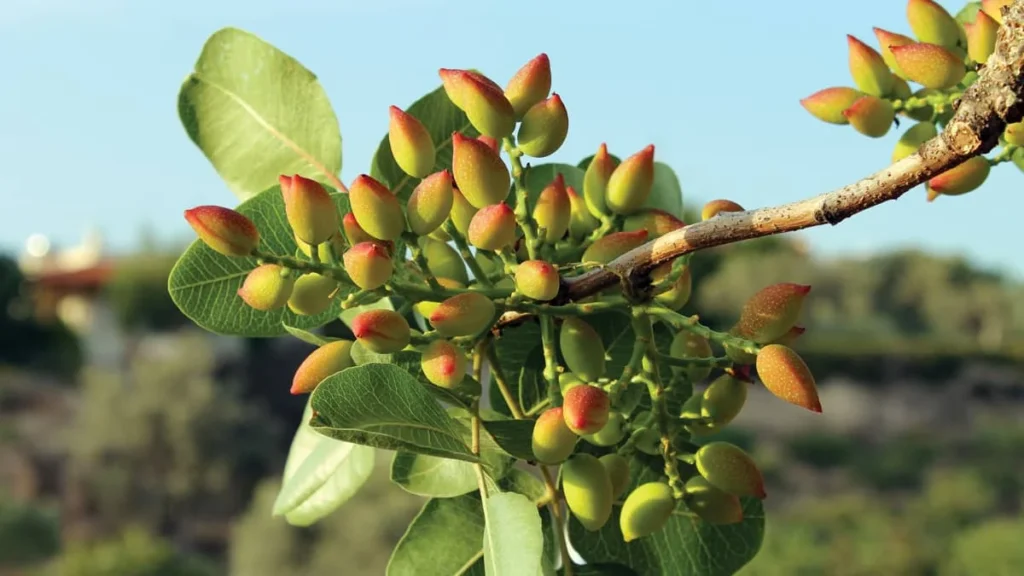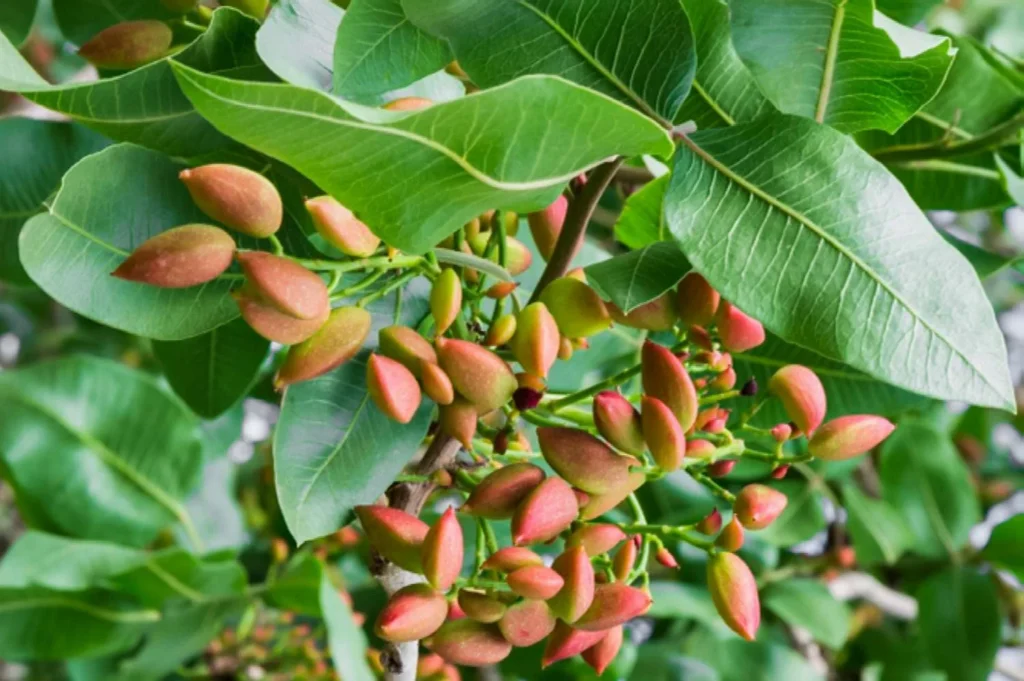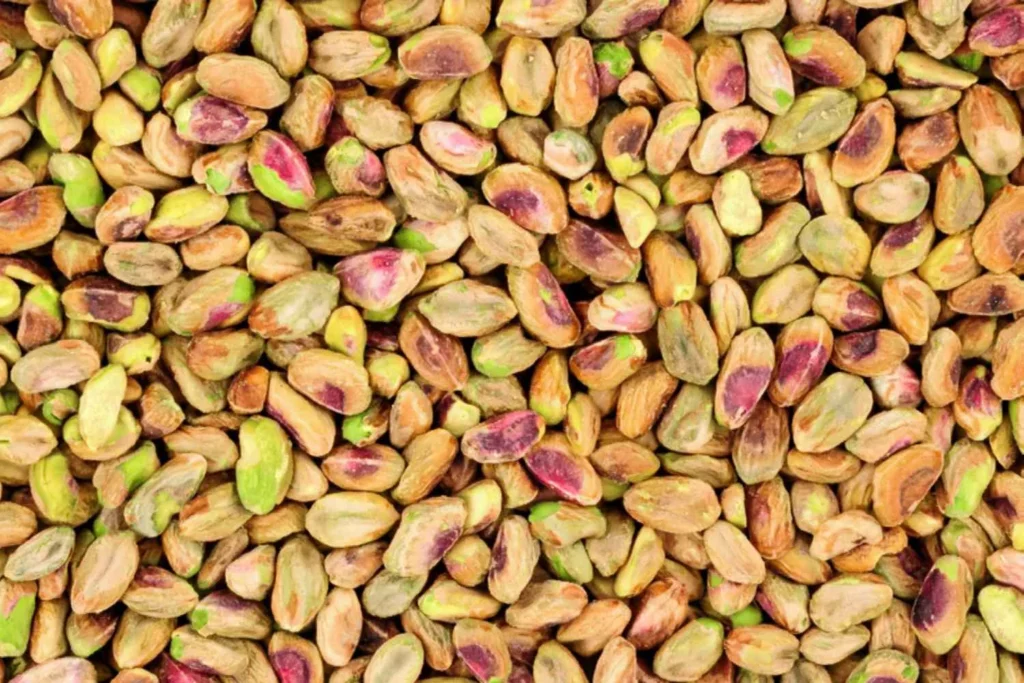How to Grow Your Own Pistachio Trees
Are you ready to add a unique and rewarding plant to your garden? Growing your own pistachio trees can be both fun and beneficial. Not only will you enjoy the delicious and nutritious nuts, but you’ll also enhance your garden with these attractive trees. Let’s dive into the best ways to grow your own pistachio trees and ensure a bountiful harvest.
Why Grow Pistachio Trees?
Pistachio nuts are packed with health benefits, including high levels of protein, fiber, and antioxidants. Growing your own pistachio trees is an excellent way to have a fresh supply of these healthy nuts. Plus, you’ll save money and contribute to a greener environment by planting and nurturing your own trees.
Understanding Pistachio Trees

Before you start planting, it’s essential to understand the basics of pistachio trees:
- Botanical Information: Pistachio trees (Pistacia vera) belong to the cashew family.
- Varieties: Popular varieties include Kerman and Peters, which are commonly grown for commercial purposes.
- Climate and Soil Requirements: Pistachio trees thrive in hot, dry climates with well-drained soil.
Preparing for Planting
To ensure your pistachio trees grow well, proper preparation is key:
- Selecting the Right Variety: Choose a variety suited to your local climate.
- Soil Preparation: Ensure your soil is well-drained and slightly alkaline.
- Gardening Tools and Supplies: Gather tools such as a shovel, hoe, and watering can.
Planting Pistachio Trees

Follow these steps to plant your pistachio trees successfully:
- Choose Healthy Seeds or Saplings: Purchase from a reputable nursery.
- Planting Depth and Spacing: Plant seeds 2 inches deep and space saplings about 20 feet apart.
- Watering and Fertilizing: Water regularly and use a balanced fertilizer.
Care and Maintenance
Taking good care of your pistachio trees will ensure they thrive:
- Watering: Water deeply but infrequently to encourage deep root growth.
- Fertilizing: Apply fertilizer in early spring and late summer.
- Pruning: Prune to shape the tree and remove dead branches.
- Pest and Disease Management: Monitor for pests like aphids and diseases such as root rot.
Harvesting Pistachios

When the time comes, here’s how to harvest your pistachios:
- Timing: Harvest in late summer to early fall when the nuts split open.
- Process: Shake the branches to release the nuts, then gather them from the ground.
- Post-Harvest Handling: Dry the nuts in the sun for a few days before storing them.
Tips and Tricks for a Bountiful Harvest
Maximize your pistachio yield with these tips:
- Proper Pollination: Ensure you have both male and female trees for pollination.
- Avoid Overwatering: Too much water can lead to root rot.
- Regular Monitoring: Check for signs of pests and diseases frequently.
FAQs About Growing Pistachio Trees
Q: How long does it take for pistachio trees to bear fruit?
Pistachio trees typically start producing nuts after 5-7 years.
Q: Can pistachio trees grow in containers?
Yes, but they may not produce as many nuts as those grown in the ground.
Q: How much water do pistachio trees need?
Water deeply but infrequently, allowing the soil to dry out between waterings.
Conclusion
Growing your own pistachio trees is a rewarding and enjoyable experience. With the right care and attention, you’ll soon have a plentiful supply of delicious, home-grown pistachios. Start your pistachio-growing journey today and enjoy the many benefits these unique trees have to offer.

